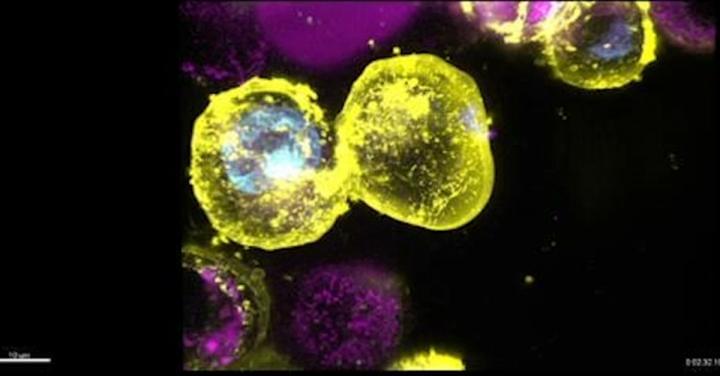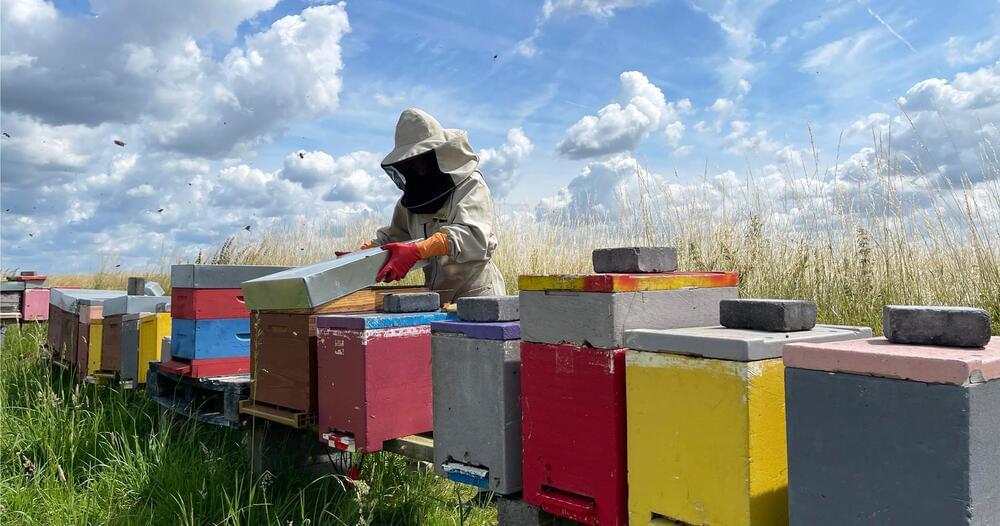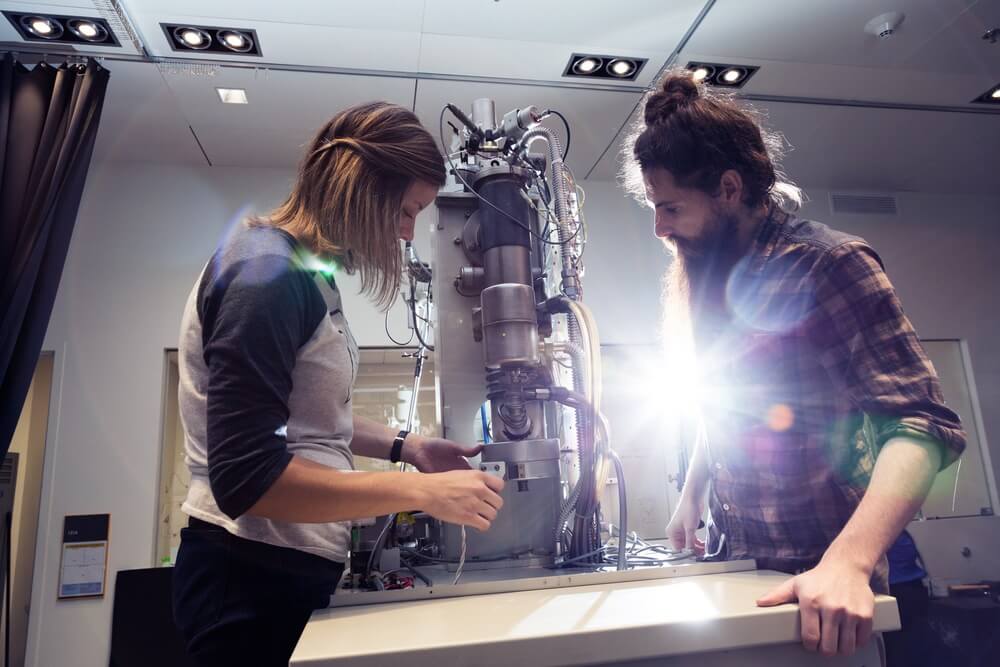Today’s generative AI revolution poses similar challenges and opportunities as the Industrial Revolution.


A distinguished group of panelists engaging in a vibrant discussion about mentoring, careers, and more.
Speakers: Dr. Vijay Vasudevan, Dr. Monika Mitra, Dr. Michael McKee.


When Karl Wenner looks at his farm on Upper Klamath Lake in the mountains of southern Oregon, he sees a landscape in transition.
He and his partners converted part of their fields of barley into wetlands along the shore of the lake to filter runoff and protect the quality of the water that eventually flows back into the Klamath River, which empties into the Pacific on California’s coast. The project is part of a larger effort to clean up the river, remove dams and bring back salmon.
At Lakeside Farms, that transformation is being guided by a surprising source of information: the pollen collected by tens of thousands of honeybees. A Belgian start-up called BeeOdiversity enlisted Wenner, who is also a beekeeper, to help in a survey in the Klamath River Basin. Each colony, with 50,000 bees, harvests pollen over an area of more than two square miles, collecting as many as 4 billion tiny samples in a year. The resulting data creates a clear, accurate picture of the plant life and pollution present in the environment.




New images of the Orion Nebula captured by the James Webb Space Telescope have revealed the existence of 150 free-floating objects once considered a scientific impossibility.
South of Orion’s belt is one of the brightest nebulae visible in the night sky, the Orion Nebula, also known as Messier 42, which is home to the Trapezium Cluster of stars. This cluster produces extremely strong ultraviolet radiation fields that cause the surrounding gas to glow, which is the source of the nebulae’s brightness.
Within the cluster is a veritable nursery for the formation of protostars, which the European Space Agency (ESA) recently called “a treasure trove for astronomers studying the formation and early evolution of stars, with a rich diversity of phenomena and objects” that include a mysterious category of celestial phenomena known as free-floating planetary mass objects.

